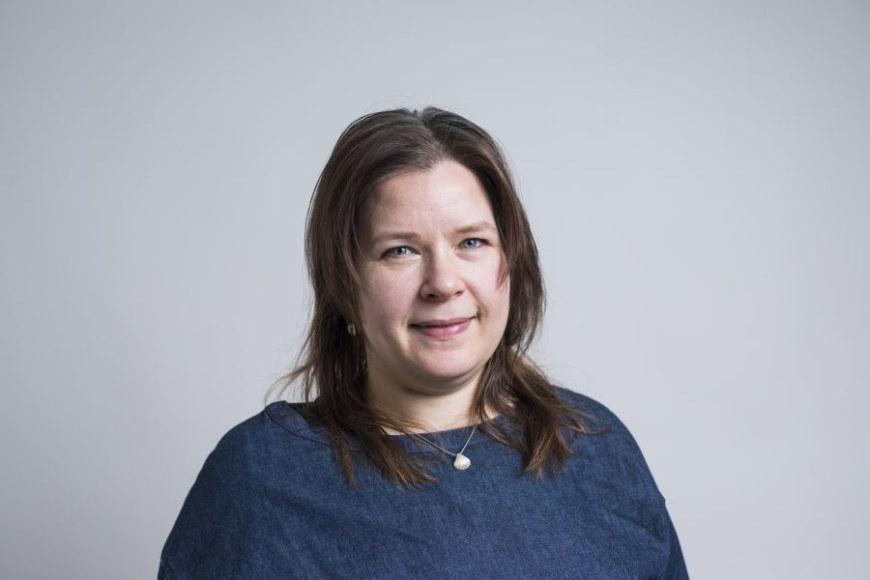
Tissue engineering with stem cells, biomaterials, and soluble factors are potential to restore or replace lost tissue function. In this doctoral thesis, novel bone and tendon tissue engineering applications were developed by combining human adipose stem cells (hASCs) and composite biomaterials in in vitro culture for musculoskeletal applications.
Adult stem cells, such as hASCs, have the potential to differentiate towards besides adipogenic, also osteogenic, tenogenic, and chondrogenic lineages. By using patient specific autologous stem cells, adverse immunoreactions can be avoided.
A biomaterial supporting structure, a scaffold, offers a three-dimensional (3D) protective structure and a supporting mechanical environment mimicking the natural cell environment that together with soluble factors guides stem cell differentiation. Composite biomaterials offer an attractive alternative to harness the combined feasible properties of the different components. An implanted biodegradable scaffold is gradually replaced by the growth of new tissue.
Reliable analysis methods of 3D cell culture are urgently called for the development of novel tissue engineering technologies. The safety and efficacy of stem cell-based tissue engineering solutions are tested in vitro in the initial phase. At the moment, 3D tissue and disease models are actively developed because they would allow the study of a simplified functional tissue that could be further applied to the study of different diseases and for drug screening. Also, this would reduce the need for animal testing.
Coculture of different cell types allows to develop a more advanced functional tissue model such as 3D vascularized bone tissue model. Lack of vascularization is currently the largest issue limiting the size of engineered tissue constructs.
In this doctoral thesis, tendon-like matrix production of hASCs was significantly increased in 3D braided poly(L/D) lactide 96/4 copolymer filament scaffolds. For vascularized bone applications, robust hASC osteogenic differentiation and mineralization with bioactive glass extract based osteogenic medium without any added growth factors was shown for collagen type I and gellan gum 3D hydrogel culture.These novel methods for in vitro 3D culture are feasible for future musculoskeletal regenerative medicine applications.
Kaisa Vuornos currently works in University of Oulu Microelectronics Unit’s Nanomaterials and Cell Engineering for Biosensing Group.
Kaisa Vuornos’ (MSc, tech.) doctoral thesis in the field of biomedical engineering entitled “In vitro studies of composite biomaterials and human adipose stem cells in bone and tendon tissue engineering applications” will be evaluated in a public doctoral thesis defense on Friday, 2 October 2020 at 12 o’clock at Hervanta Campus Tietotalo building lecture hall TB109 (Korkeakoulunkatu 1, Tampere). The opponent is Associate Professor Manuela E. Gomes, Research Institute on Biomaterials, Biodegradables and Biomimetics (I3Bs) of the University of Minho, Portugal. The custos is Associate Professor Susanna Miettinen. The opponent participates via an online connection, the custos and the doctoral candidate are present in the lecture hall. The audience participates via an online connection and in the lecture hall.
Online Zoom link: https://tuni.zoom.us/j/66341089301?pwd=c3BXVkVWUWs3bEpmVjBTM1JZS0JmQT09
Thesis is available at http://urn.fi/URN:ISBN:978-952-03-1643-3
